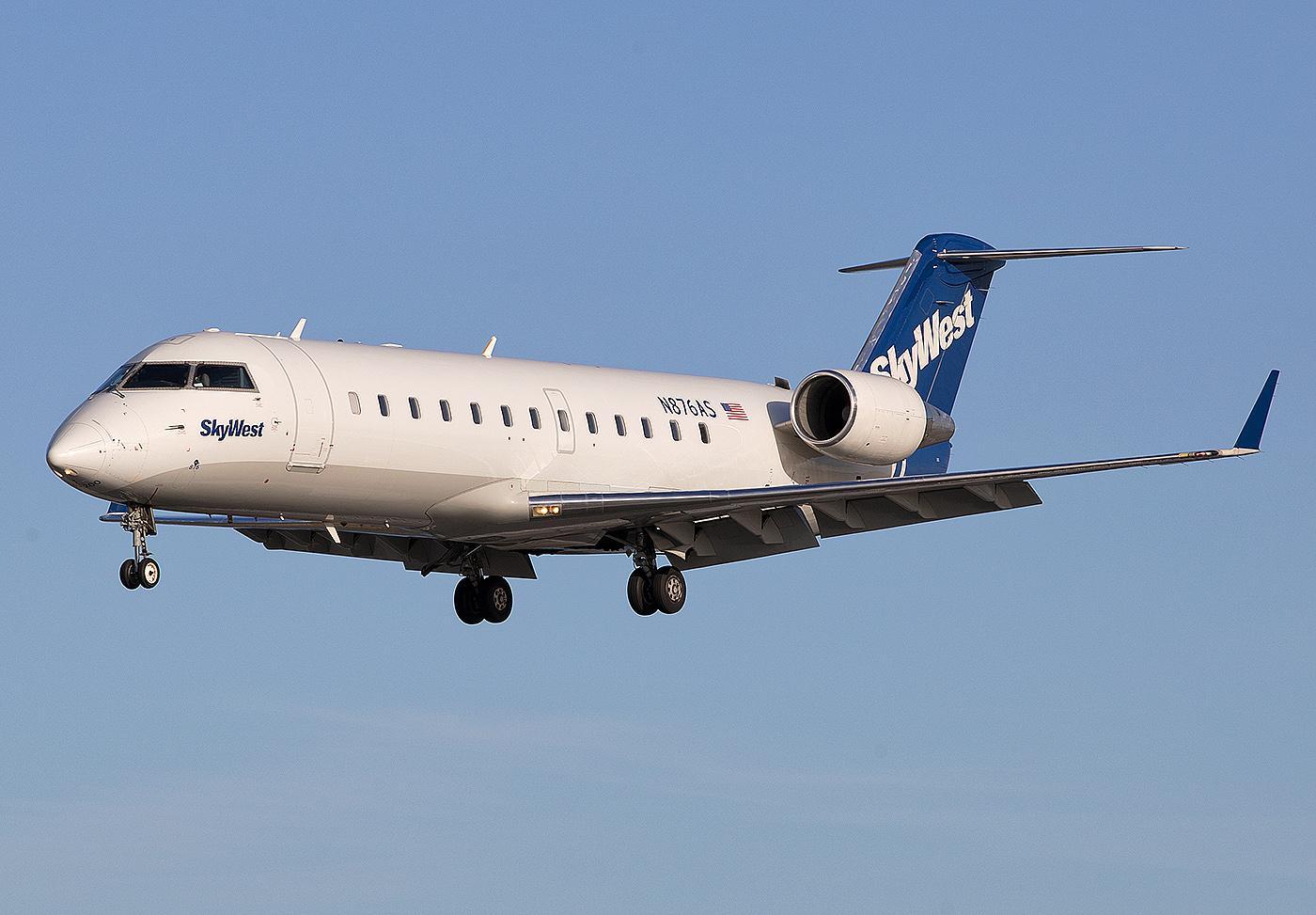
The largest US pilots’ union called on the US Transportation Department (DOT) to block SkyWest Airlines from halting service to 29 small communities, saying the proposed cuts are an “egregious miscarriage” of the Essential Air Service (EAS) program.
Utah-based SkyWest notified the DOT on March 10 that it plans to terminate service to 29 domestic airports by June 10, a move it said is necessitated by “pilot staffing challenges across the airline industry.”
The routes are all operated under contract with United Airlines as part of the federal EAS program, which enables carriers to serve small US communities in exchange for government subsidies.
The DOT on March 14 announced it will temporarily block SkyWest from vacating the routes until replacement airlines can be secured.
In a letter sent this week to Pete Buttigieg, the US transportation secretary, ALPA president Joe DePete urged DOT to “remain vigilant” in blocking efforts by SkyWest and other regional carriers to terminate service to EAS communities.
SkyWest received nearly $2 billion in COVID-19-related federal aid in 2020 and 2021, DePete noted, adding that the company management is now “turning their back on [taxpayers] who helped them.”
SkyWest maintains that a growing shortage of regional pilots in the US has made it uneconomical to continue serving all of the existing points in its network, a position shared by other regional carriers and many analysts. SkyWest said in a statement that it supports the EAS program and hopes to eventually resume service on the routes it plans to cut.
“We are eager to work with officials toward solutions that would enable us to reconnect these communities to the national air transportation system in the future, and we are committed to remaining flexible and adjusting our plans if the situation improves more quickly than currently expected,” SkyWest said in a statement.
While the DOT has temporarily blocked SkyWest from exiting the 29 routes, it is unclear if or when the department will be able to locate a replacement carrier, meaning SkyWest could be stuck serving the routes for the time being.
Airline economist Bill Swelbar of the Swelbar-Zhong Consultancy told Aviation Week Network that the chance that DOT will find a replacement carrier for most of the 29 routes “is closer to 0% than it is to 50%.”
Swelbar said policymakers need to seriously rethink the EAS program, adding that many EAS airports are located within 120 miles driving distance of larger airports.
“The system in place today does not make sense. As regional pilot salaries were rightfully increased beginning in 2015, the economics of flying the small jet have been going the wrong direction for some time,” Swelbar added.
